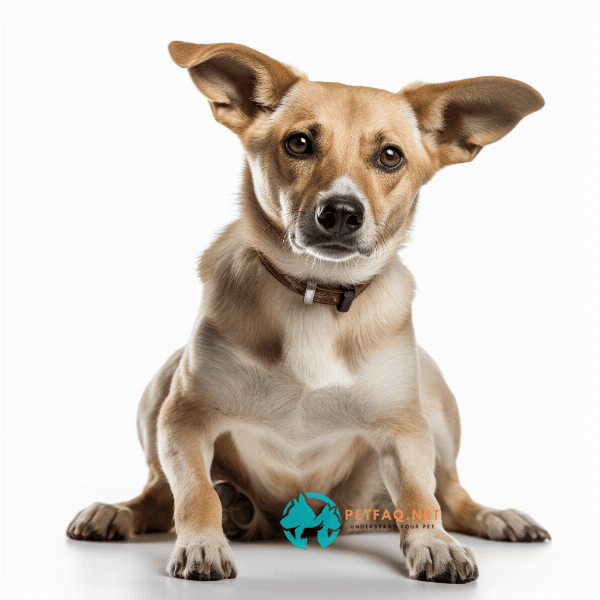Dogs are social animals and they naturally form packs, whether in the wild or in domestic settings. Within these packs, there is a social hierarchy, with some dogs occupying higher ranks than others. This hierarchy is established and maintained through a range of behaviors and communication signals. Here are some ways that dogs establish and maintain social hierarchies within their packs:
1. Body language: Dogs use body language to communicate their status within the pack. For example, dominant dogs may stand tall and square, with their ears and tails held high, while submissive dogs may crouch down and avoid direct eye contact.
2. Vocalizations: Dogs also use vocalizations to communicate their status within the pack. Dominant dogs may growl or bark assertively to establish their dominance, while submissive dogs may whine or whimper to show their submission.
3. Physical interactions: Dogs use physical interactions, such as play or fighting, to establish and maintain their position within the pack. Dominant dogs may initiate play or roughhousing, while submissive dogs may be more passive or avoid physical interactions altogether.
4. Resource control: Dogs may also establish their position within the pack by controlling access to resources, such as food, water, or toys. Dominant dogs may guard these resources and prevent other dogs from accessing them, while submissive dogs may wait patiently or defer to the dominant dog’s authority.
5. Territory: Dogs may establish territories within their pack, with dominant dogs occupying the most desirable areas, such as the highest ground or the most comfortable sleeping spots.
6. Submission: Dogs may also use submissive behaviors, such as crouching or rolling over, to show deference to more dominant pack members.
It’s important to note that social hierarchies within dog packs are not necessarily static or fixed. They can shift and change over time, as individual dogs mature, develop new relationships, or experience changes in their environment. Additionally, not all dogs form strict hierarchical structures within their packs. Some dogs may be more egalitarian or cooperative in their social interactions, and may not exhibit clear dominance or submission behaviors.
Read more:The Social Side of Dog Behavior

Related Questions
- How do you potty train a puppy as part of obedience training?
- How can I teach my dog to not pull on the leash during walks?
- What are some free tips for teaching my dog to not bark excessively?
- How can you train a hunting dog to work with other dogs and hunters in the field?
- Canadian Working Dog Federation (CWDF): This organization offers Schutzhund/IPO/IGP titles and competitions for several breeds in Canada.
